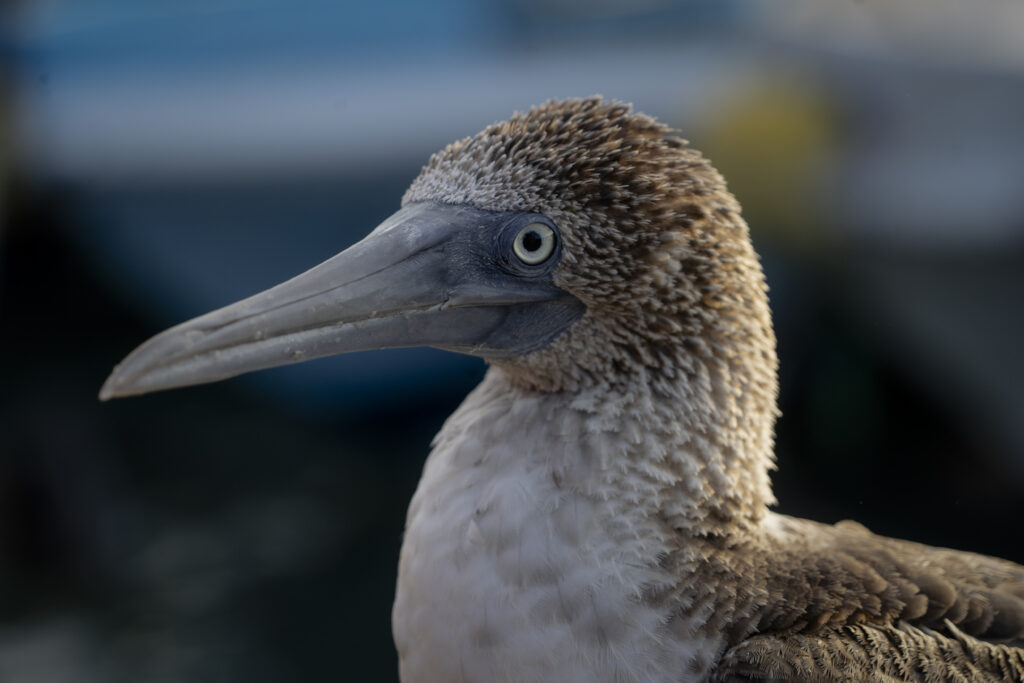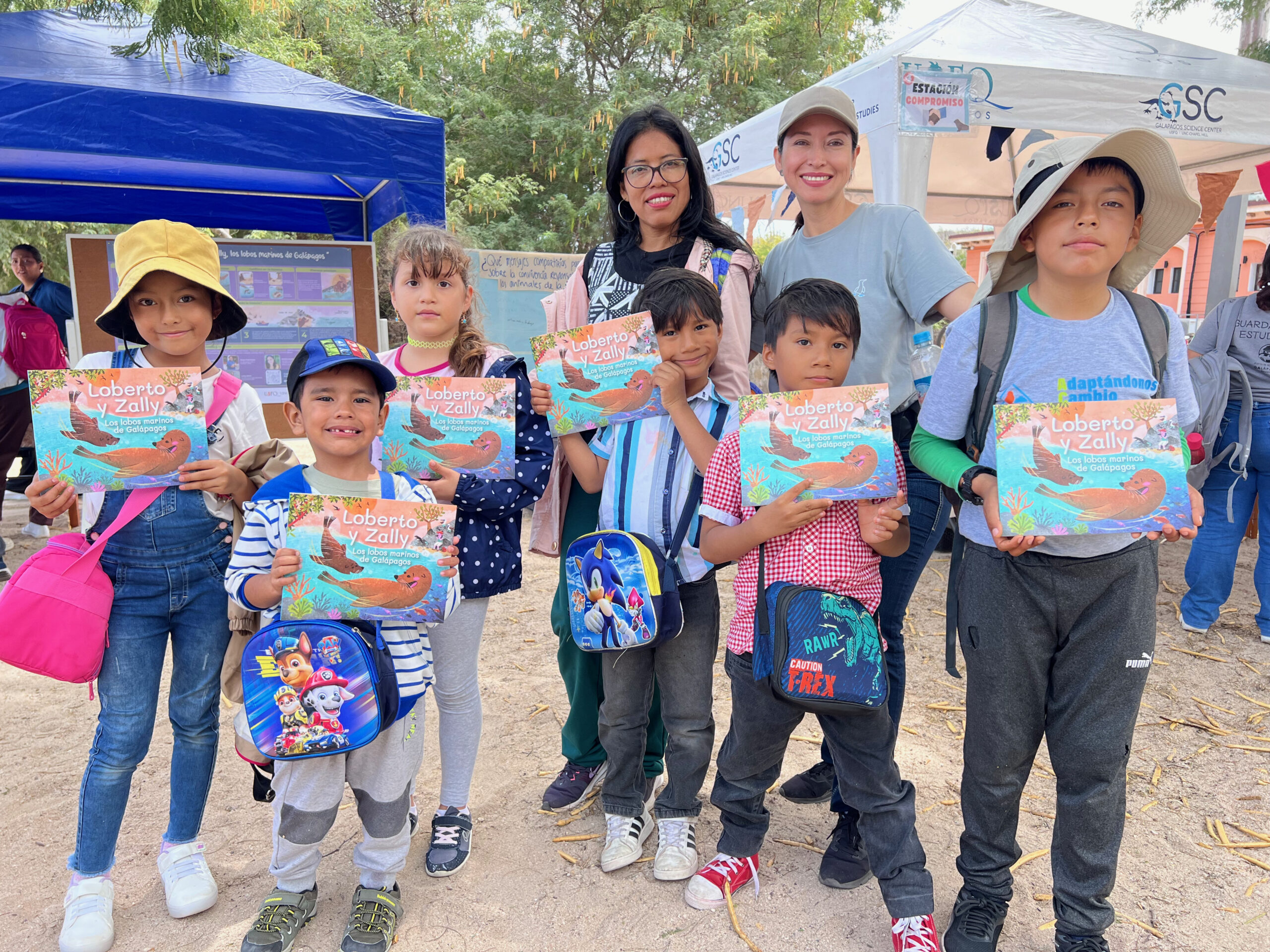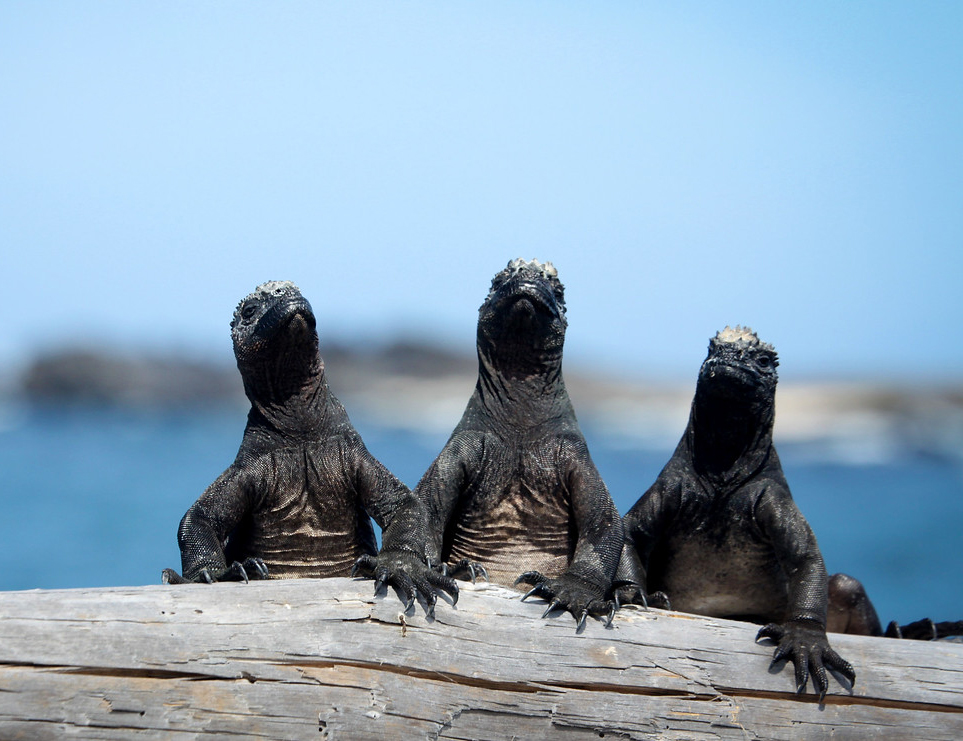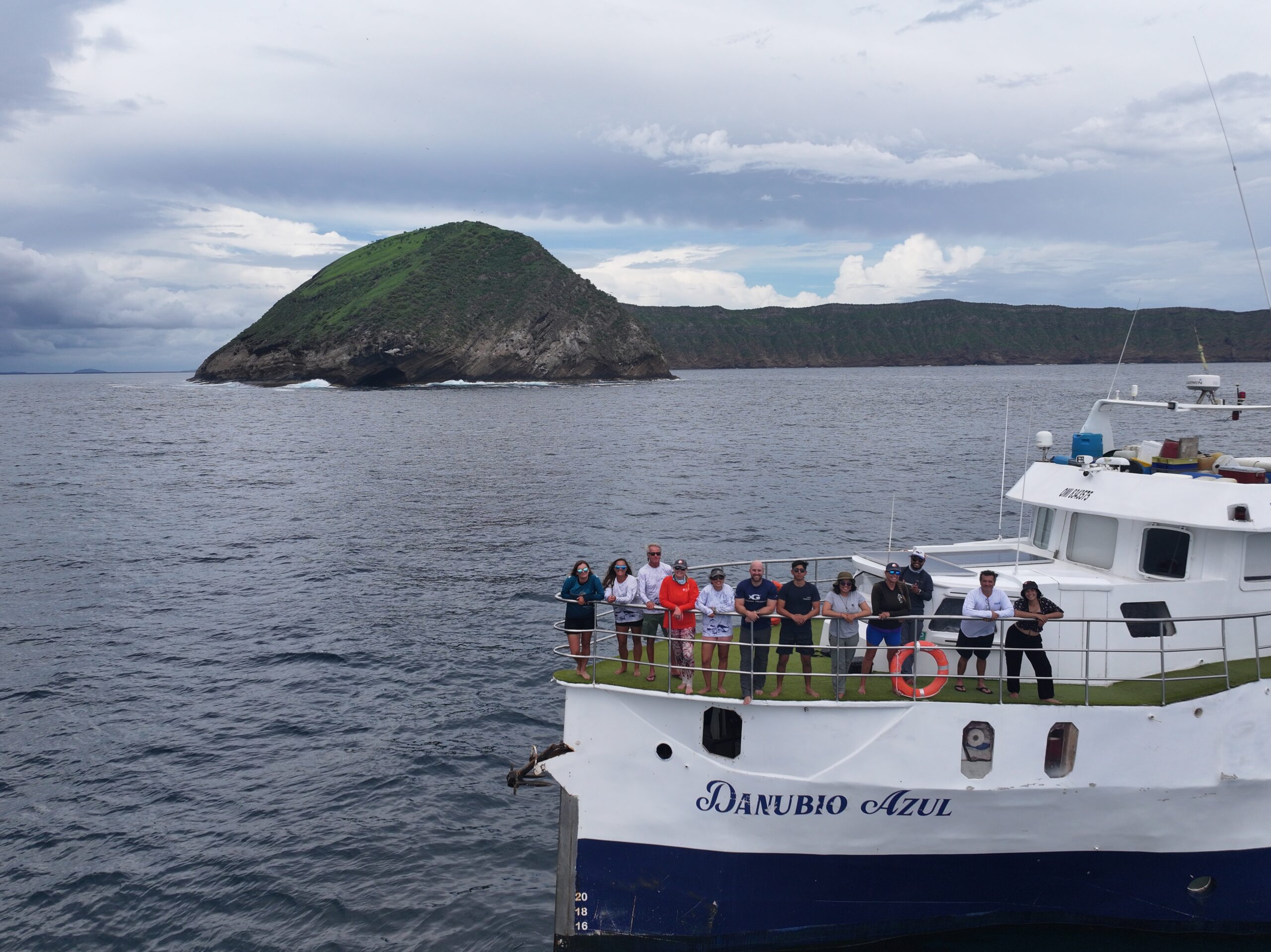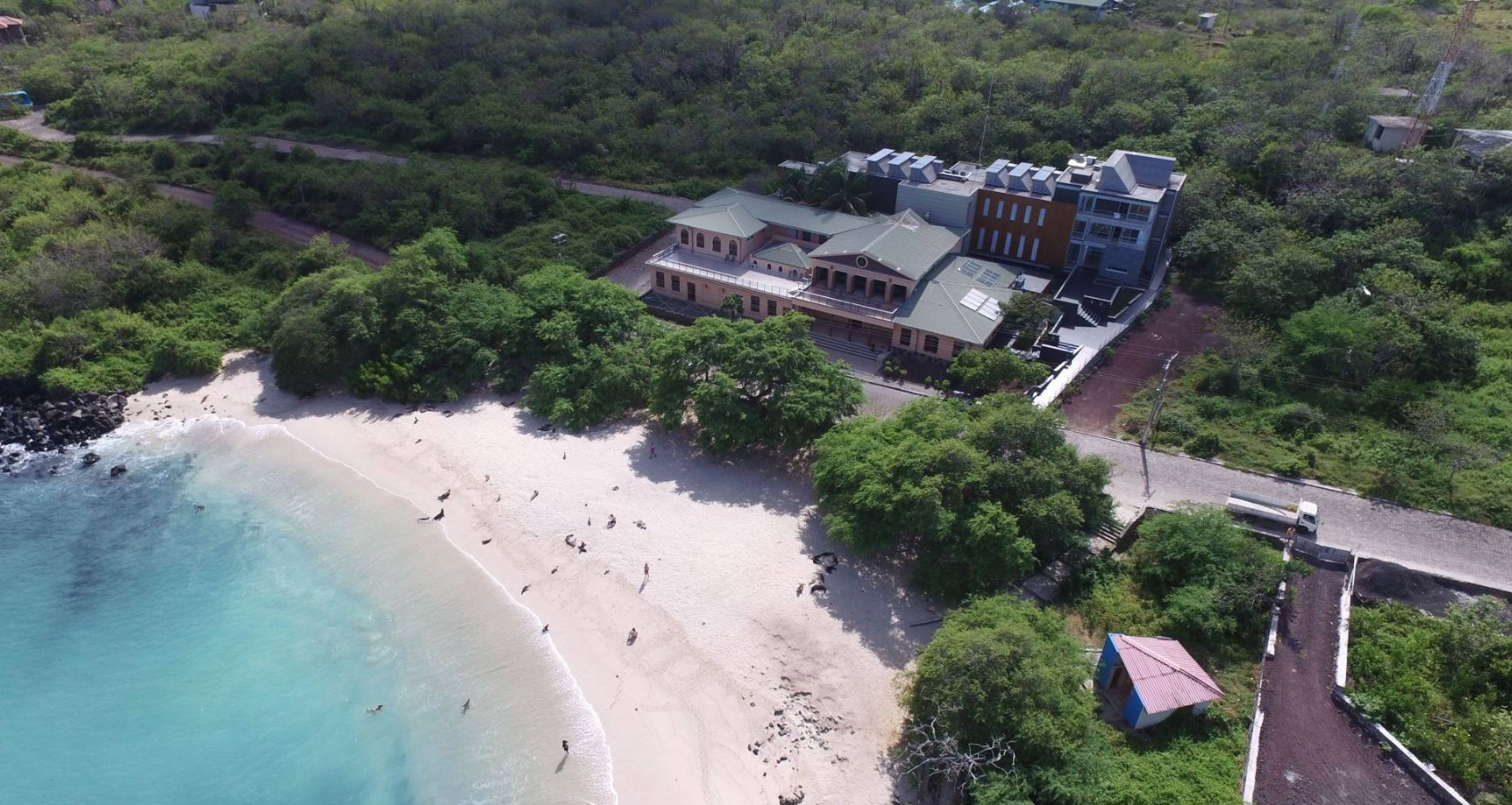The blue-footed booby (Sula nebouxii excisa) is an iconic and endemic species of the Galápagos Islands. While its behavior and reproductive biology have been widely studied, little is known about its health in the wild. This type of information is essential to understand how environmental factors may impact its well-being, especially in the context of climate change and declining prey availability. The recent study aims to provide baseline health data that can support conservation strategies.
The objective of this research was to assess and compare health parameters in blue-footed boobies during two breeding seasons: June 2017 and July 2022, on North Seymour Island. A total of 60 birds were captured at their nests for physical exams, reproductive status recording, and blood sampling. Values such as hematocrit, hemoglobin, electrolytes, glucose, and other biochemical indicators were measured using a portable analyzer. The number of chicks per nest was also recorded.
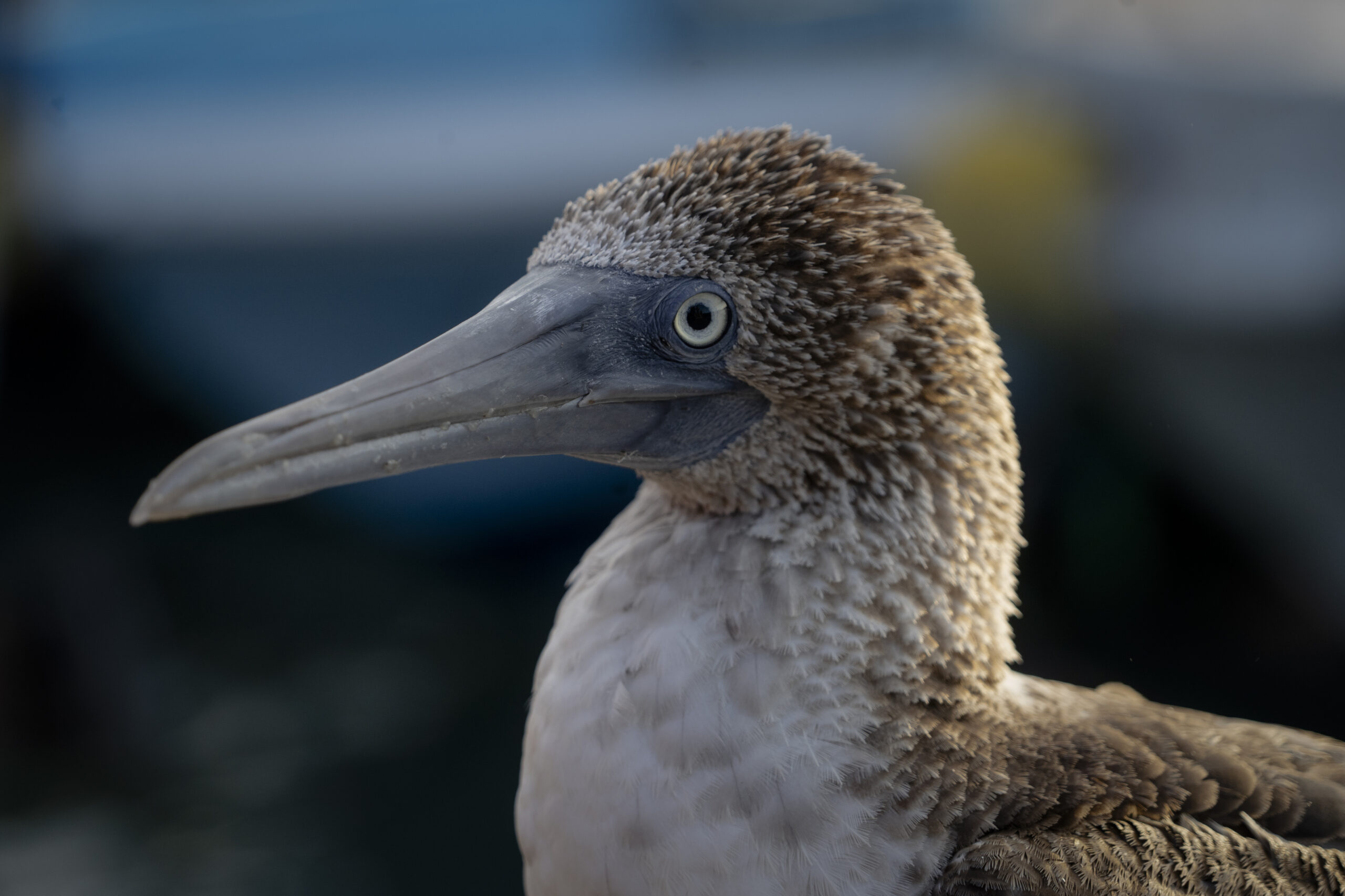
Results showed that, in 2022, boobies had higher values in several blood indicators compared to 2017. Females were larger and exceeded males in most parameters, except for blood urea nitrogen, which was higher in males. Reproductive success also improved: 29 out of 30 nests had chicks in 2022, compared to only 5 in 2017. No blood parasites were detected, and all birds appeared to be in good health.
This study provides valuable insights into the health status of the blue-footed booby and highlights improvements in overall condition and reproductive success in 2022 compared to 2017. These changes may be linked to environmental variation or food availability, though further research is needed. Having reference data is essential for monitoring the health of this species over time.
Read the article here: https://bit.ly/3ECUKzK

